emma
Posts by Emma Tattenbaum-Fine:
Introduction to Judaism Class with Rabbi Sue Oren
Join this 20-session introduction to Jewish life, thought and practice.
The curriculum is designed to give you access to concepts, vocabulary and observances
that are central to Judaism. Explore the holy and the historical, inherited texts and
contemporary issues, rhythms of the calendar and of our lives in this seminar-style
course.
Rabbi Sue Oren, Instructor and Coordinator
This 20-session class meets on ZOOM
Weds evenings, 7:00-9:00 pm
with an in-person shabbat gathering (hybrid option)
first session: May 3rd
$475 course tuition, includes most materials
(early-bird discount applies through April 19th )
For registration & questions,
contact Rabbi Sue Oren at introclass@earthlink.net or 1.917.539.1334
This class is co-sponsored by:
BROOKLYN Brooklyn Heights Synagogue, B’ShERT: Beth Shalom v’Emeth Reform
Temple, Congregation Mount Sinai, East Midwood Jewish Center, Flatbush Jewish
Center,
Kane Street Synagogue, Kolot Chayeinu/Voices of Our Lives, Romemu Brooklyn,
Park Slope Jewish Center, Temple Sholom of Flatbush
QUEENS Malkhut: progressive Jewish spirituality in Queens
The Reform Temple of Forest Hills
West End Temple-Sinai Congregation
March 18: Girl Scout Shabbat
Join us at our Girl Scout Shabbat and light lunch following the service:
Calling all Girl Scout alums and congregants/friends supportive of Girl Scouts. Join us on Shabbat morning, March 18th for a regular service with teaching moments for the girls and their families not familiar with Jewish ritual. There will be opportunities to ask questions and socialize at a light lunch afterwards. RSVP via email to office@bshert.org. Oh, and, there will be Girl Scout cookies!
March 19 & 25: YOUTH GROUP GAME NIGHTS!
Join us for YOUTH GROUP GAME NIGHT!
March 19th 3 to 6pm for Youth Groupers and their friends 13-18 years old.
Then March 25th 1 to 4pm for Youth Groupers and their friends 10-13 years old. Both will be held in the Community Room at B’ShERT. Pizza for all!
Thanks to all who have already RSVP’d! Send your RSVPs and any questions to Emma at outreach@bshert.org.
Youth Group Game Night: March 19th!
Join us for our second Youth Group Game Night! Sunday, March 19th from 3 to 6pm in our B’ShERT Community Room. **Pizza and games. Old friends and new friends.** : ) This Youth Group event is open to Youth Group members and their friends, ages 13-18. (Stay tuned for an upcoming Youth Group Game Night for ages 10-13, to be announced shortly.)
Screening of “Article 116: Beyond Citizenship” with Q&A to Follow
***RSVP requested***
July 10th 4 to 5:30pm at B’ShERT and on Zoom
On July 10th, documentary film producers David Padrusch and Jeffrey Nosanov will be coming to the B’ShERT Community Room to premiere 30 minutes of their documentary-in-progress entitled Article 116: Beyond Citizenship.
The documentary, a work currently still in progress, explores the meaning of German citizenship stolen by the Nazis from 1933-1945, and the stories behind the current process that descendants are undergoing to reclaim that citizenship today.
The filmmakers’ families are personally impacted by this quest to reclaim citizenship, as are several of our congregants and likely so many people in our extended Jewish communities.
The 90-minute event on the afternoon of July 10th will be an in-person screening and concurrent Zoom screening, followed by a Q & A with the filmmakers, facilitated by congregant Emma Tattenbaum-Fine. We will discuss the themes presented in the short cut of the upcoming documentary; we will ask questions of the filmmakers and learn about the goals and obstacles they are currently embracing as they seek to finish the project, as well as their plans for the film once it’s finished.
This is a unique opportunity for the B’ShERT community to support Jewish filmmakers as they endeavor to tell an important historical story, while it is unfolding before us in real time.
To see the brief trailer, visit:
Password: citizenship
Please RSVP to Emma at tattenbaumfine@bshert.org if you will be attending in person or on Zoom.
FILM & DISCUSSION for the Eve of International Holocaust Remembrance Day
Hosted by MALA: Muslim American Leadership Alliance
Tomorrow there will be a virtual screening of this moving 37-minute film, which will be followed by a discussion and Q & A with the filmmaker, Laura Seltzer-Duny, S.A. Ibrahim Co-Chair of the Center for Interreligious Understanding & contributor to the film, and Annette Lachmann Holocaust survivor featured in the film.
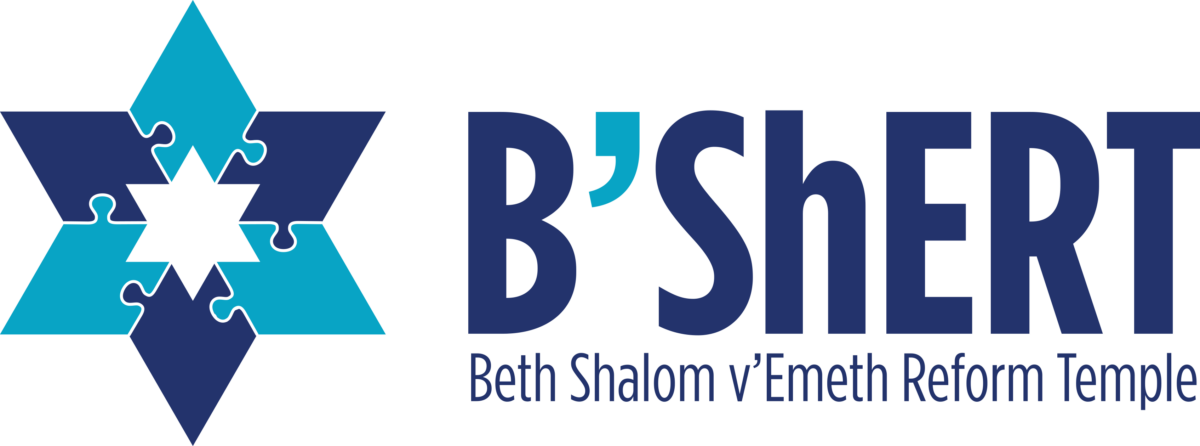
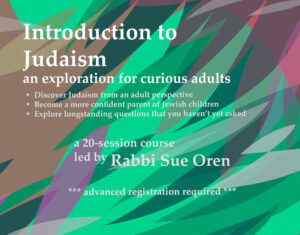
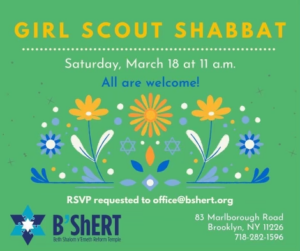
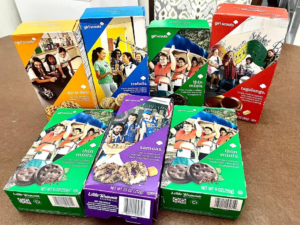
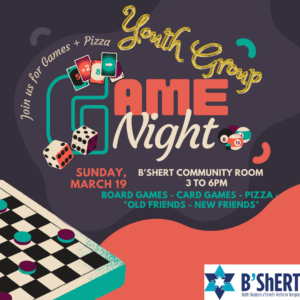
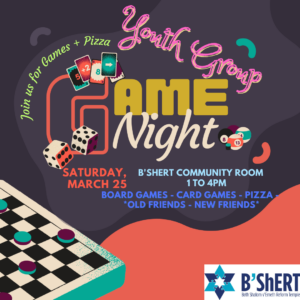
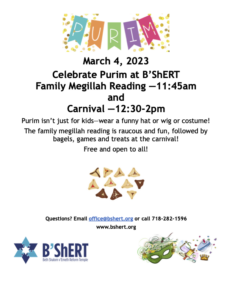
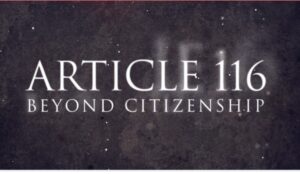
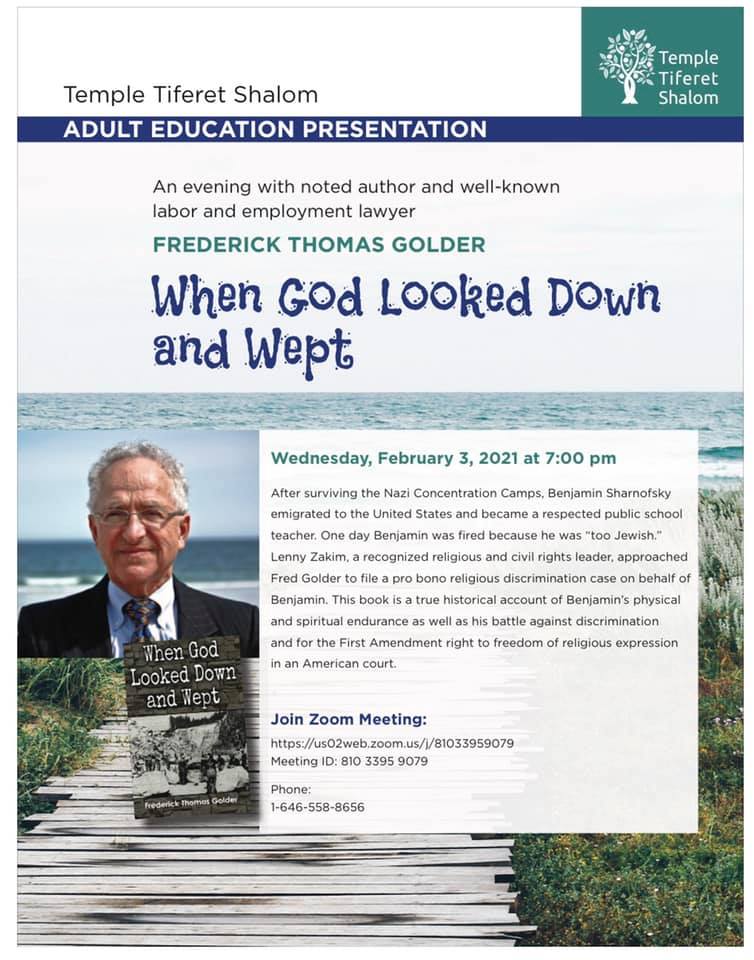
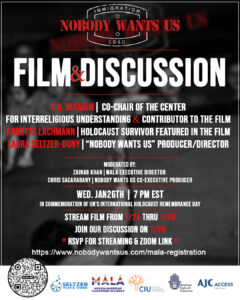

Enter to Win: Raffles at our Gala Luncheon on June 11th
May 26, 2023 by emma • Features
Are you feeling lucky? Got that shiny penny set aside? Not stepping on any cracks in the sidewalk?
If so, you have an opportunity to try your luck at the raffle which will be held at our Gala Luncheon on June 11th.
We hope that you come prepared to enjoy, toast the honorees Helene & Jennifer, and WIN BIG!
50/50
WINE BASKET
WINE GIFT BOX
$10 per ticket
Three winners will be chosen – first and second prize get their choice of prize!
Purchase your winning ticket at the Gala Luncheon – there will be a raffle/wine basket table.
Looking forward to seeing you there.
—Pam Glantzman for The Fundraising Committee